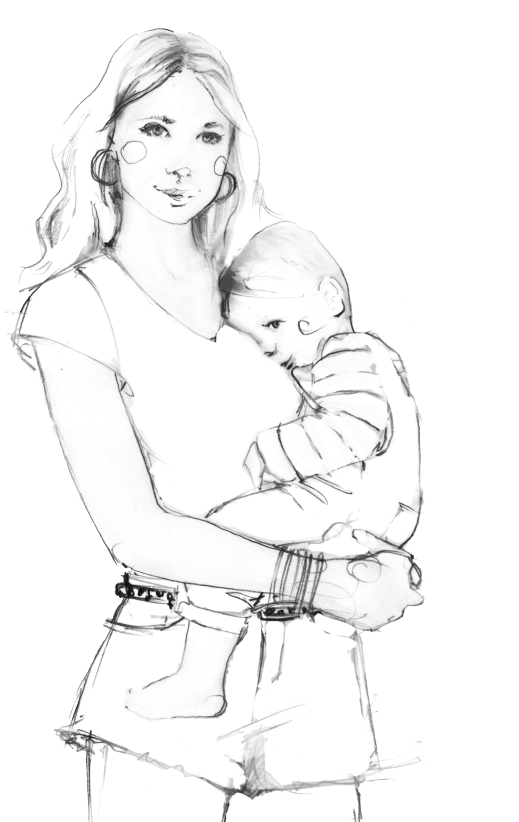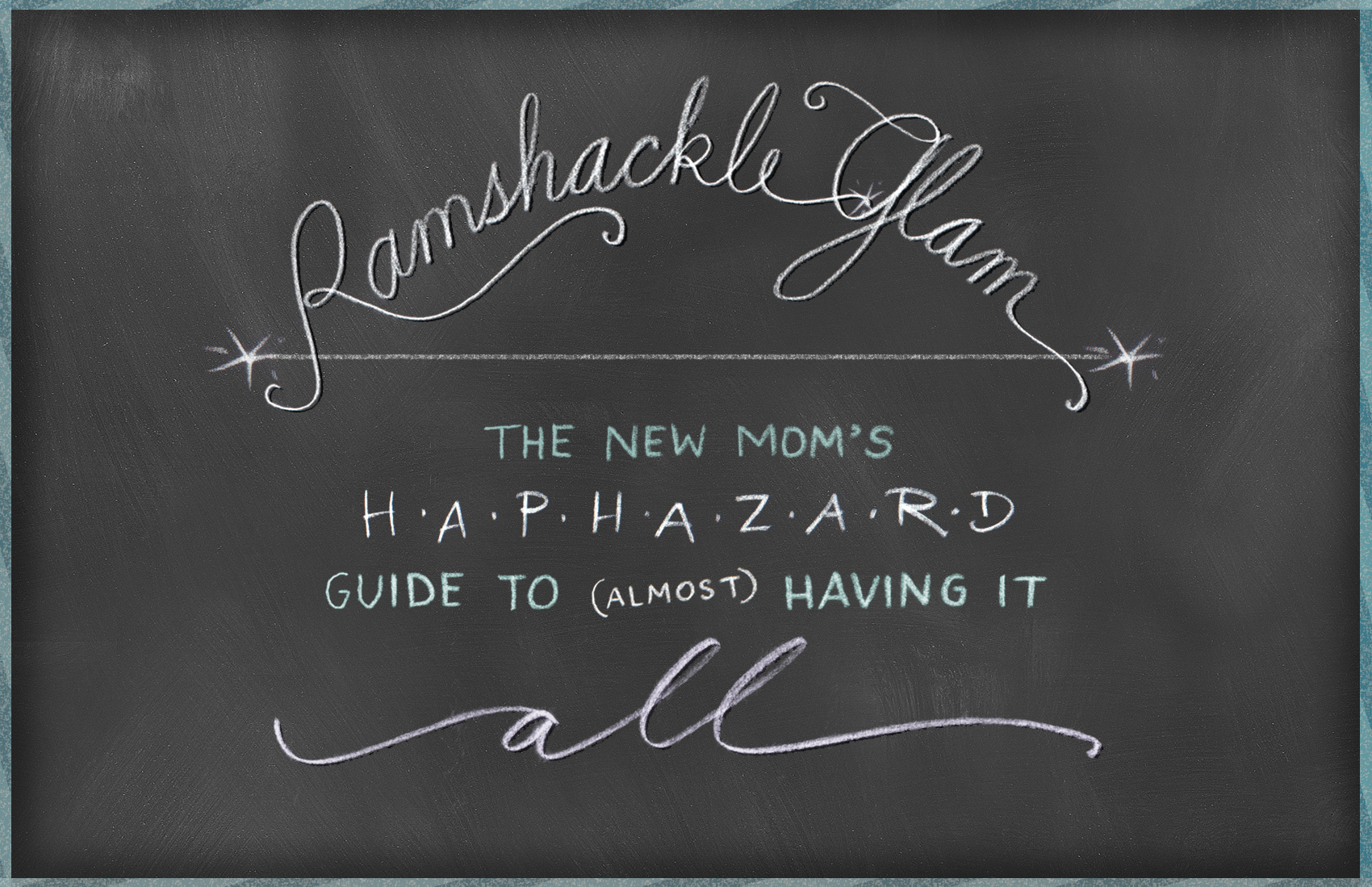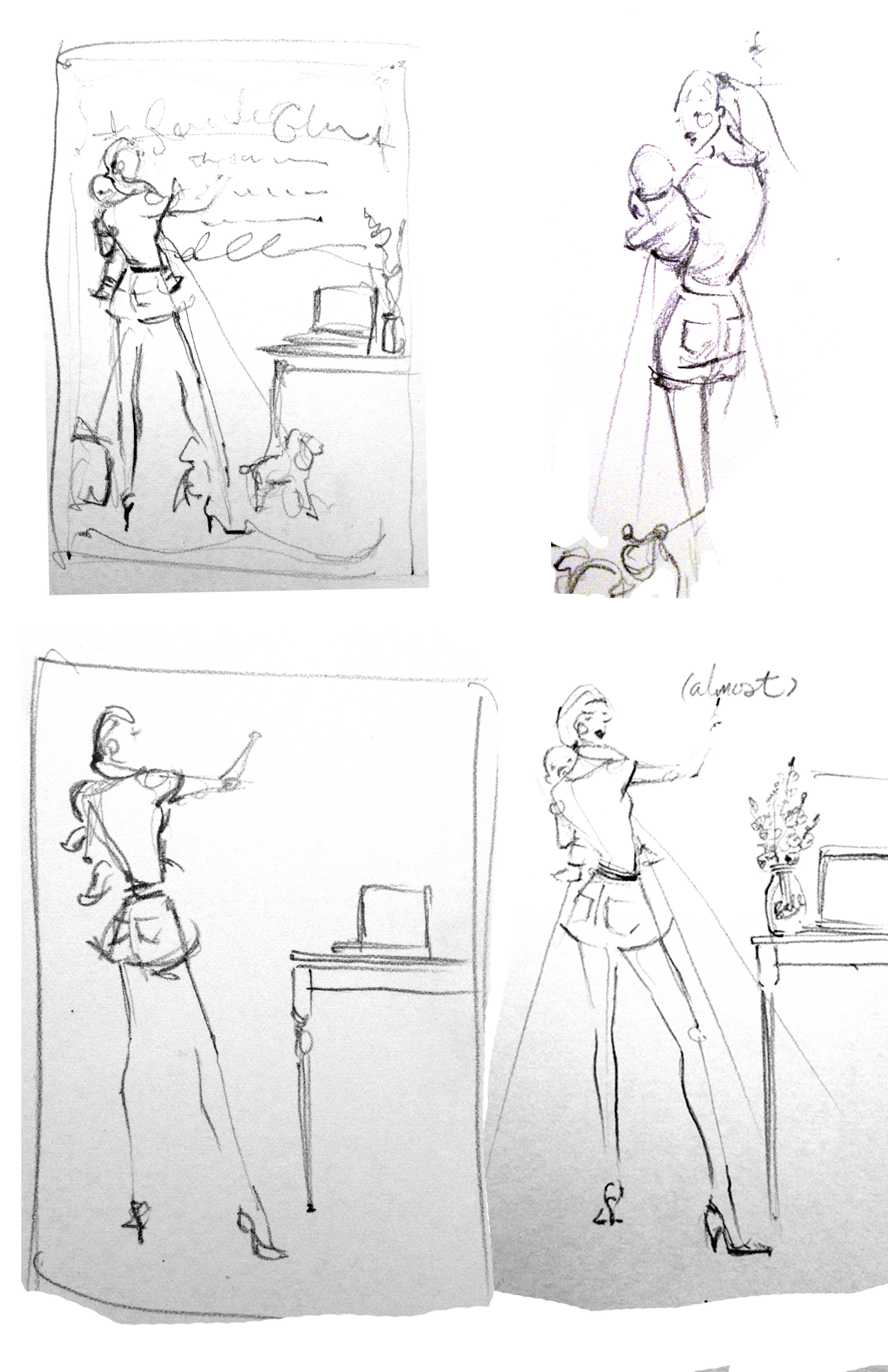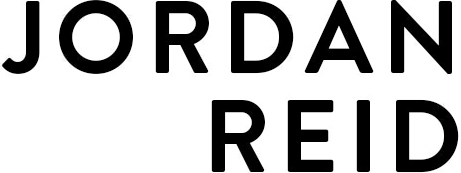
Illustration (and an early RG cover idea) by Katie Rodgers
Let me start by saying that I have been “writing a book” for most of my adult life. How many of these books have I finished, you ask? Up until a few months ago…none. Or…one, actually, but it was so terrible that I don’t think it counts (it was an attempt at a girl-moves-to-LA-and-makes-poor-dating-choices rom-com thing that ended up being just sort of an accurate reflection of my actual poor dating choices at the time and was thus less “oh how cute and entertaining” and more “oh Jesus, that’s sad”).
When you want to write a book – and that’s probably the one thing that I have wanted most in the world for as far back as I can remember – it’s always there with you, that nagging sense of incompletion and guilt. “Today,” you say to yourself, “is the day I start writing for real.” You make promises to yourself that from now on, you’ll write ten (or five, or two) pages every single day, and then…you don’t. Life gets in the way. Years pass, and your book is still sitting there on your laptop, unfinished, and now transformed into a source of anxiety rather than something you’re excited about.
You can write a book.
I am certain of this, because for many, many years I felt like I could not. And I could…I just needed a push. Consider this yours.
WRITING THE PROPOSAL:
Every book starts with an idea, and your book proposal is the manifestation of that idea in why-someone-should-give-you-money-to-write-it form. With nonfiction books, your proposal will range from a few pages to several hundred pages in length (my proposal for Ramshackle Glam was 25 pages; the proposal for Carrying On was shorter – 16 pages – simply because some of the information would have been redundant). One note: I hear that with first time fiction authors you’ll generally need to submit the finished manuscript.
Here’s the general format I used:
BOOK TITLE (I had an artist create the image above for the RG proposal and created my own graphic on Polyvore for the CO proposal)
Introduction to book:
– What the book is about;
– Who you are and what your take on the subject is (tell your story in a concise way that relates to the book itself; the real “about you” comes later);
– Comparable books in the marketplace and why yours is different/better/unique.
Information about the book:
– Suggested length;
– Suggested format (how will chapters be organized, what they will include, etc);
– Visual element, if any;
– Sequel potential, if any.
About You:
– Your bio, basically (the whole thing should be about a page or two, tops);
– Include an image or two to help illustrate your story;
– Include magazines/sites/etc where you have had your work published or mentioned, if any.
Marketing and PR:
– Talk about how who would buy the book and why;
– Include statistics on your marketing contacts and/or social media reach (if you have any; this is because any contacts you have will make the publicity process easier on the publishing house. If you don’t have any, don’t stress; it’s not an imperative).
Detailed Chapter-by-Chapter Outline
– I cannot emphasize enough how important it is that you be as comprehensive as possible here…mostly for your own sake (see “Writing The Book,” below).
Sample Chapters:
– Include the introduction and at least one sample chapter; the more the better, really (but make sure to submit only copy that you genuinely feel is “finished” – a.k.a. ready to be seen by a publisher). Know that the agent or publisher may want to see additional copy before making a decision, and be ready to send it (or write it) upon request.
Additional Information:
– Additional writing samples;
– Quotes about you or your work, if you have any available.
In sum: The proposal should be an extensive breakdown of the subject matter of the book, and also explain why you’re the right person to write it and why it will sell. I also think it’s worth taking a little extra time to make it look pretty: I’m not talking spritzing it with perfume and glitter, but making sure there are zero typos and that it’s formatted nicely is important. You may also want to have a graphic designer give it a once-over to add a little extra polish; I had an artist, Naava Katz, create headings for each of my sections and I loved how it looked, but really, it’s not necessary to go that far – just do what you can to make it look professional.
GETTING THE PROPOSAL INTO THE “RIGHT HANDS”:
I’d always heard that you had to get your proposal into the “right hands”…but honestly, I was never exactly certain whose hands those might be. Who were you supposed to reach out to first? (The answer is “a lit agent”: the lit agent who signs you will give you feedback on the proposal and then shop it to publishers for you.)
Here’s how my book deal happened: I was approached by an editor at a publishing house who was an RG reader and wanted to know if I would be interested in writing a book. Obviously I said yes, had a proposal written up within a week or two, and sent it to the editor. Her house passed, but my manager gave the proposal to the literary agency Gelfman Schneider, who took me on as a client. The next publishing house that saw the proposal gave me a deal contingent upon my being able to turn in the manuscript within four months (usually you get much more time than this, but they wanted to do a Spring 2014 release).
THIS IS IMPORTANT, SO IT GETS ITS OWN SECTION:
Let me be clear: I was initially rejected. But even though I was rejected, that single vote of confidence from the editor who first approached me (and who, incidentally, is thanked in the acknowledgements to Ramshackle Glam) was what I needed to write the proposal…which had been the one thing standing in my way. Because – and this is super important, so I’m putting it in bold – completing the proposal was the push I needed to actually write the book.
Once I had the proposal done, everything else fell into place. And let me tell you: if I had known how much easier the proposal would have made the whole process, I would have done it a hell of a lot earlier, whether or not a publishing house had expressed interest first.
So here is what I think you should do: skip over that step where someone asks you to write a proposal. Go write the proposal. Write a great one, and write it now. Because an amazing proposal will get you two things: 1) Something to show to agents to help get you an agent, and then a publisher, and then a book deal; and 2) A blueprint for writing the actual book. And that’s a blueprint you can use whether or not someone “signs” you.
Write the blueprint. Then write the book.
ALL ABOUT THE ADVANCE:
Unless you’re very, very famous or are writing about something very, very hot-button, my understanding is that book advances aren’t enormous (I think they average about $10-40k for a first-time author, depending on a wide variety of factors; click here for a breakdown by publishing house).
Of course you want to get as big of an advance as you can (because royalties are notoriously unreliable as a source of additional income – more on this in a moment)…but honestly? My feeling was that the advance was great, and it was helpful to have my living expenses covered so that I could feel good about spending hours every day sitting down and writing, but to me, the biggest reward was just seeing the thing on a bookshelf. (I recognize that I am also a starry-eyed first-time author who’s freaking out about getting published at all, and that I may feel differently down the line.)
In short: the advance will not make you rich, but it will probably be enough to keep you going while you’re writing.
Now, here’s why many authors (especially first-time authors) won’t see any money beyond the advance: let’s say you get a $40k advance. You immediately pay 15% to your agent. Then you receive half of the remaining money upon signing the contract, and half upon delivery of an “acceptable” manuscript (according to your editor, not to you); some deals may pay out in thirds, or in quarters. You also should (please, please do this) immediately put about 20-30% away for those self-employment taxes that you’re going to have to pay.
Once the book is released and starts selling, you get some small percentage of every sale…but remember that all those royalties go towards helping the publishers recoup your advance (and any additional costs associated with promotion; hiring a PR agency, et cetera), so even once you’ve made $20k in royalties, you still “owe” $20k. (Also important to remember that the publishers get a much bigger percentage of every sale than you do, so they’re making money even if you’re still technically “in the hole”. As they should, in my opinion, because they took on the risk and the expenses.)
Cold, hard fact: 80% of nonfiction books do not make back their advance. (This NY Times article on the subject is a good read.)
WRITING THE BOOK:
Yay, you got a book deal (or just made the very awesome and brave decision to get moving on your book anyway)! Now you have to actually sit down and…you know, write the thing.
Let me tell you: I was terrified. I think I wrote the first half of Ramshackle Glam going on sheer adrenaline alone, and actually ended up finishing the book a full month and a half in advance of my deadline for the simple reason that I was FREAKING OUT that I wouldn’t be able to get it done, and that I’d let everyone down, and blow the most exciting opportunity of my life, and et cetera et cetera.
But I could really have just calmed down a bit, because it turned out that the system that I used made the whole process infinitely easier – and more enjoyable – than I’d ever imagined. Back to that proposal I went on and on about earlier.
Here’s the thing: writing a proposal can feel like a huge pain. It’s hard, and it’s tedious, and you have to do all this thinking about a project that may never pan out. But once you’ve written the kind of proposal that will actually land you a first-time book deal (e.g. a very comprehensive one), there is a wonderful surprise waiting for you at the end: You’ve planned out the book so much that it practically writes itself.
So that’s my major tip: outline the hell out of the thing. Get as detailed as you possibly can. And then take it one piece at a time, setting deadlines for yourself not for the “book as a whole” (because that can be intimidating), but rather for each section.
My System:
– I copied and pasted the comprehensive outline that I’d included in my proposal into a document that I titled “Working Outline.”
– I opened a new Word document for every chapter, and methodically wrote each section as delineated in the outline (obviously making additions and deletions over time as I figured out what worked and what didn’t). But I didn’t necessarily write in order: because I had the whole outline in front of me, I could pick and choose the day’s writing topic based on what I felt like writing about.
– I made an effort to write on a daily basis (I designated my son’s afternoon nap as “book-writing time” just because it was a consistent block of time that I had every single day), but if I missed a day or two, I didn’t beat myself up; I just tried to step it up over the next few days to make up for it.
– Every time I completed a section, I printed it out, proofread it, and then bolded that section in my Working Outline to indicate that it was finished (at least for the time being). This provided a great incentive: at any point in time, I could see exactly how far along I was by how many sections in the outline were bolded.
– Once the manuscript was finished, I formatted it according to my publisher’s specifications (double-spacing, no paragraph indentations, et cetera) and handed it in.
Illustrations by Katie Rodgers
THE FINAL TOUCHES:
Once you’ve handed in the manuscript, you start the editing process: the editor goes over your text and sends notes, and you basically go back and forth until you’ve reached a version that everyone is happy with. At this point, the art director will also be working to create the book’s layout and feel (and will be working with an illustrator, if you’re using one – you can see some of Katie Rodger’s early ideas for Ramshackle Glam above).
And that’s it! A few months later, you’ll get a galley copy of the book (this is a sort of a less-pretty version of the book that goes out to early reviewers, buyers for bookstores, et cetera), but basically…you’re done.
Time to write a second proposal!
So there you go. I hope that was helpful – please let me know if you have any questions that I didn’t answer in this post, and of course feel free to add any experiences of your own if this is something you’ve gone through yourself.









